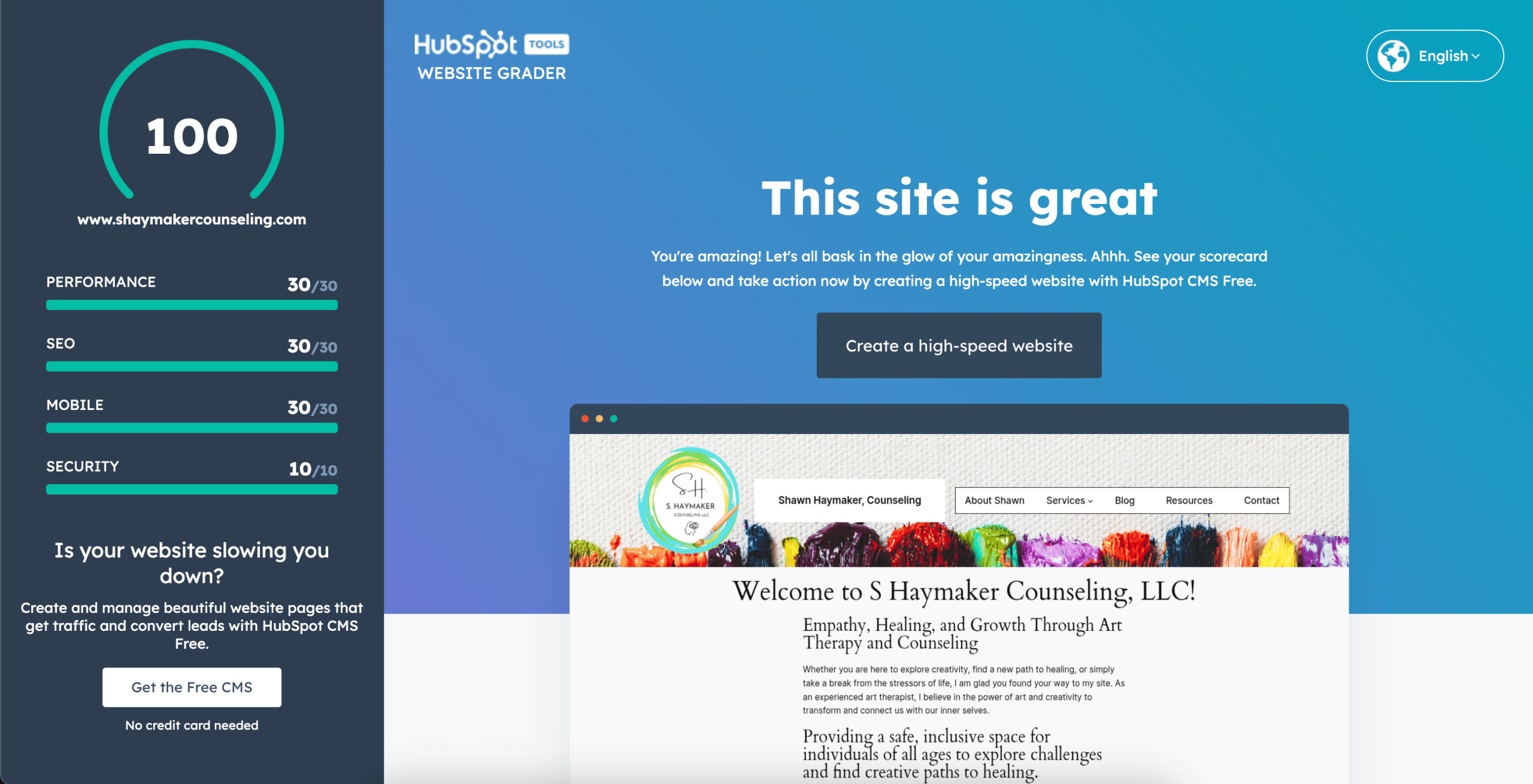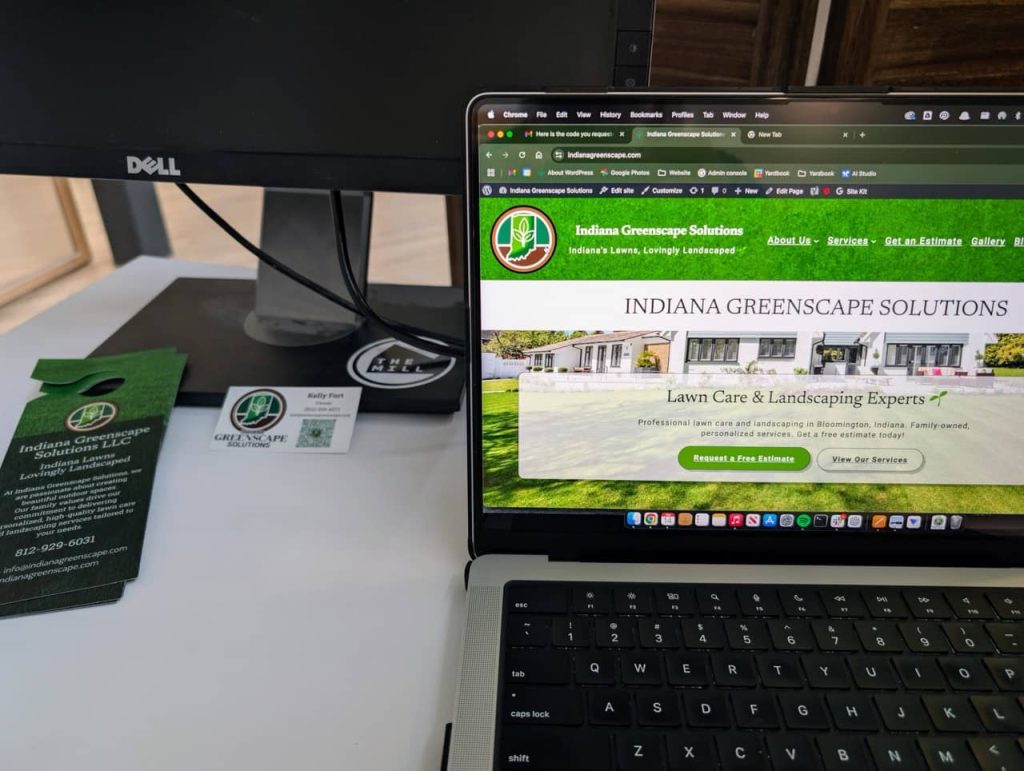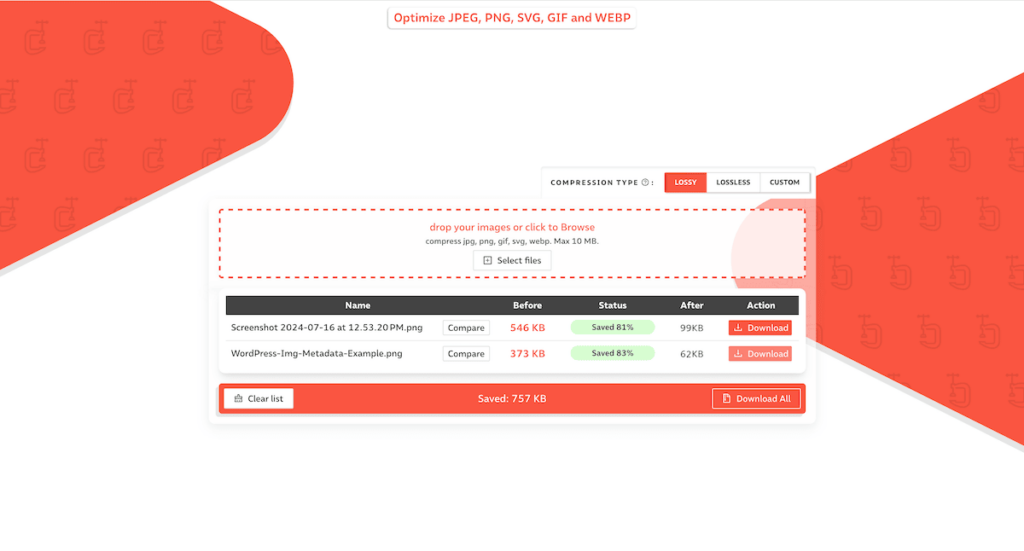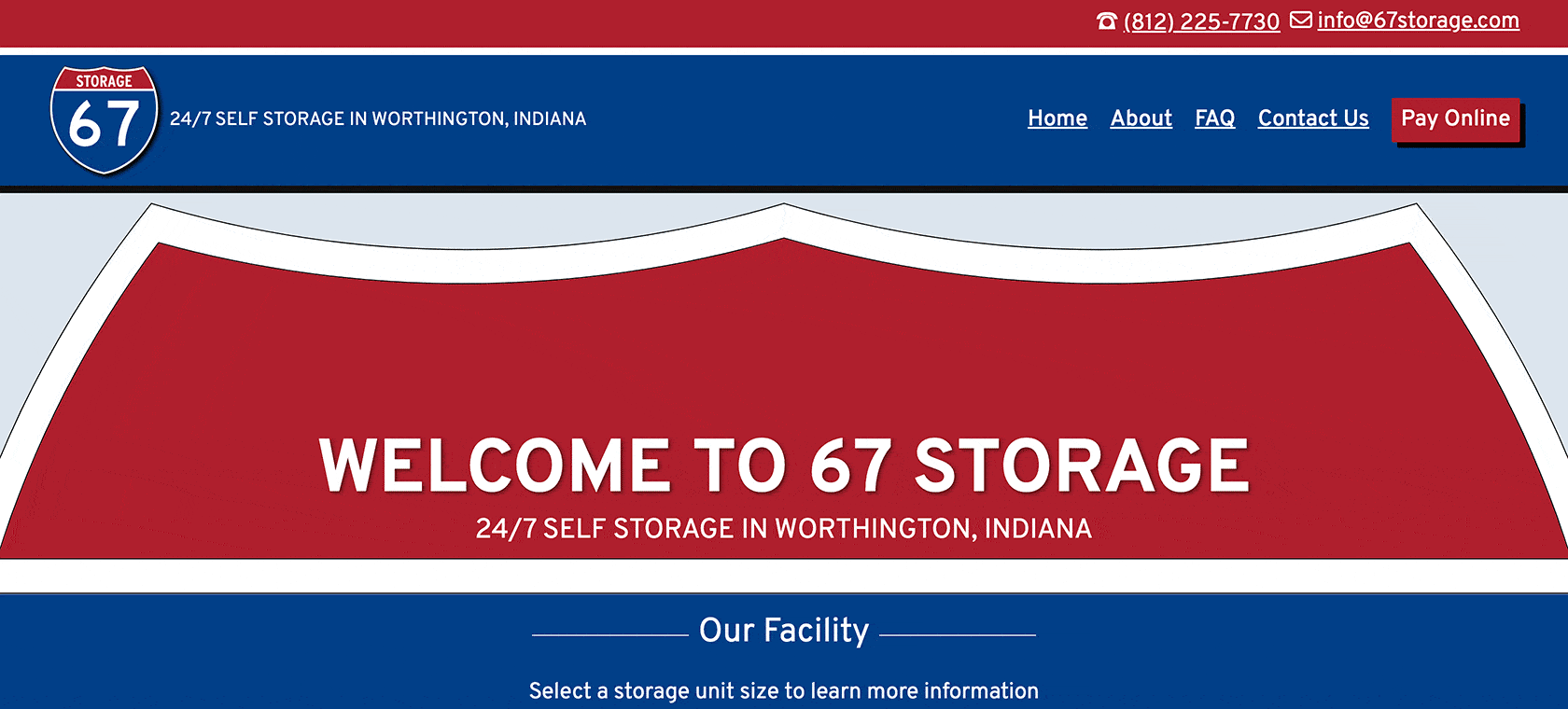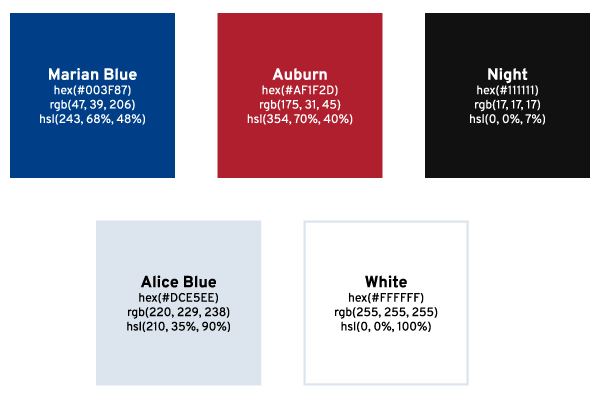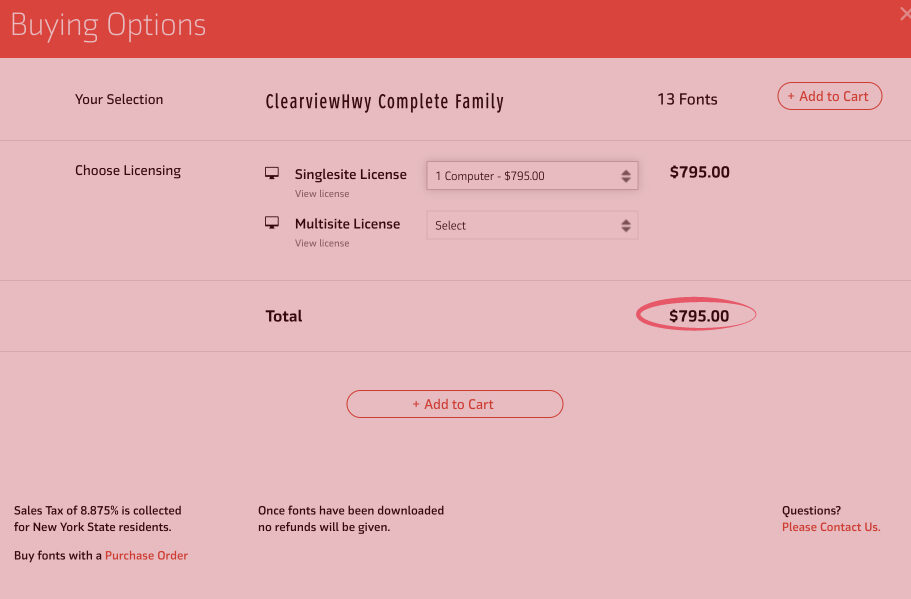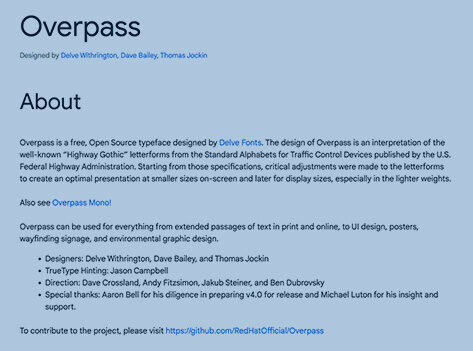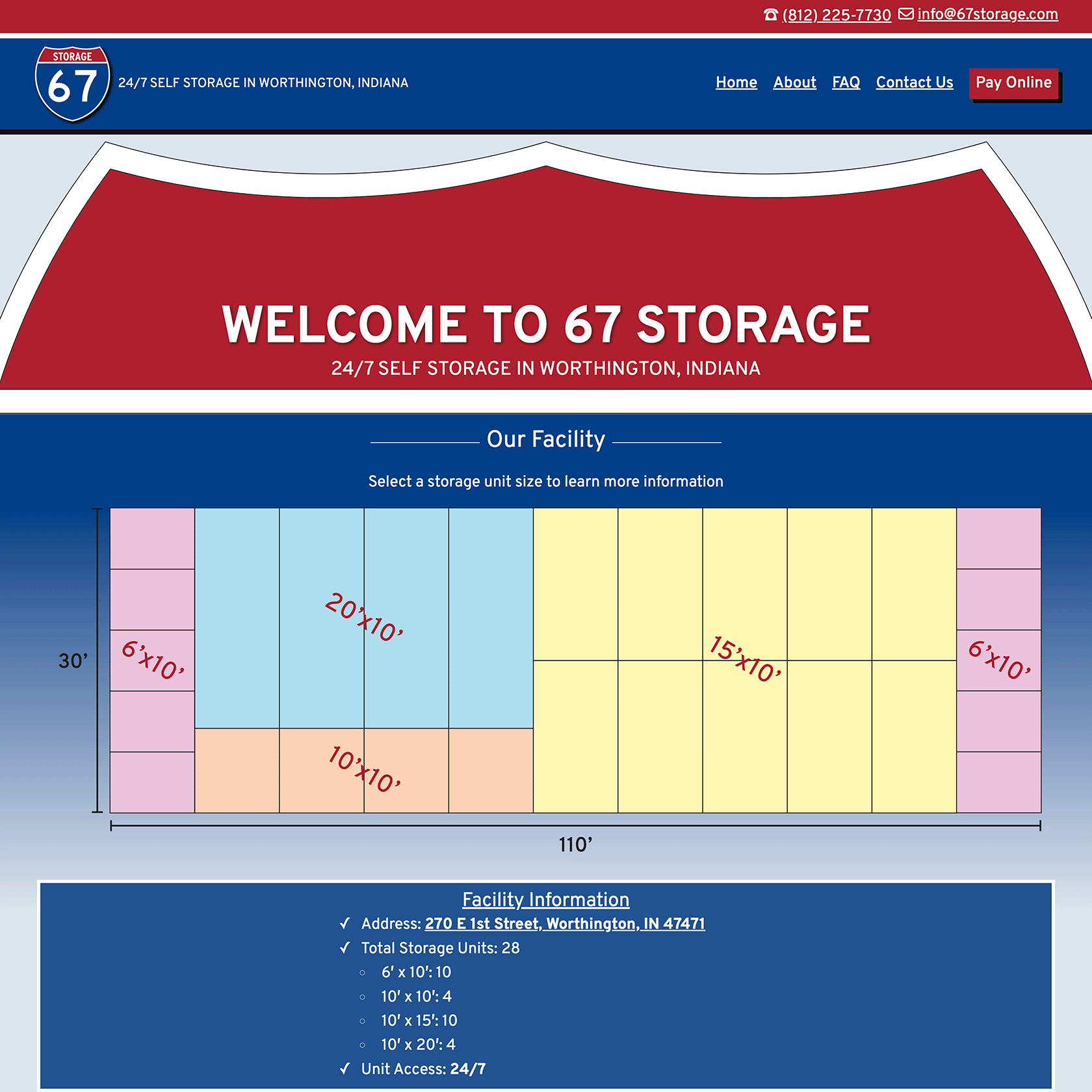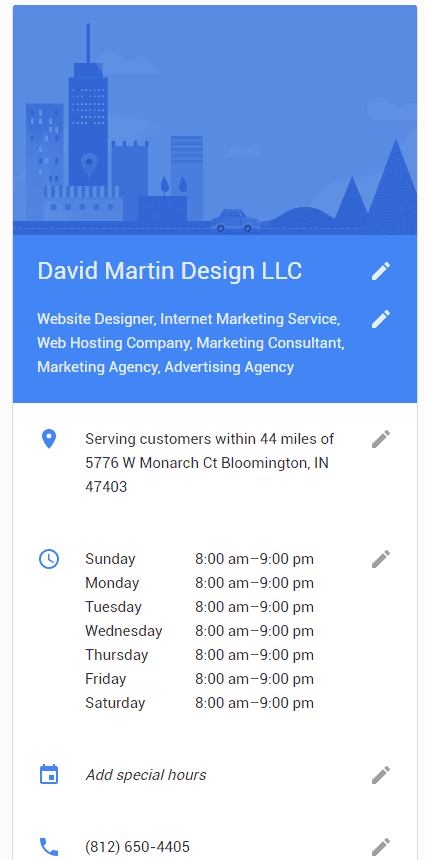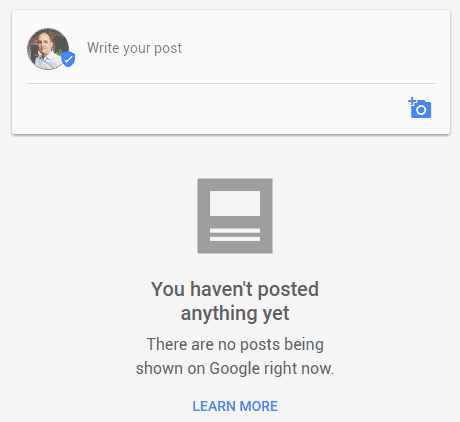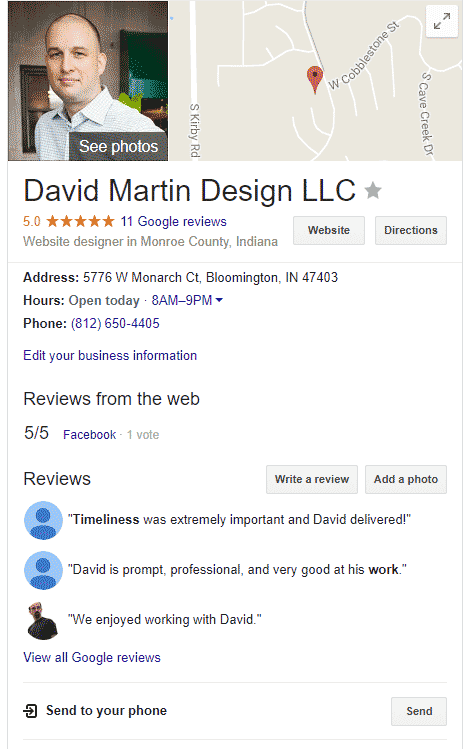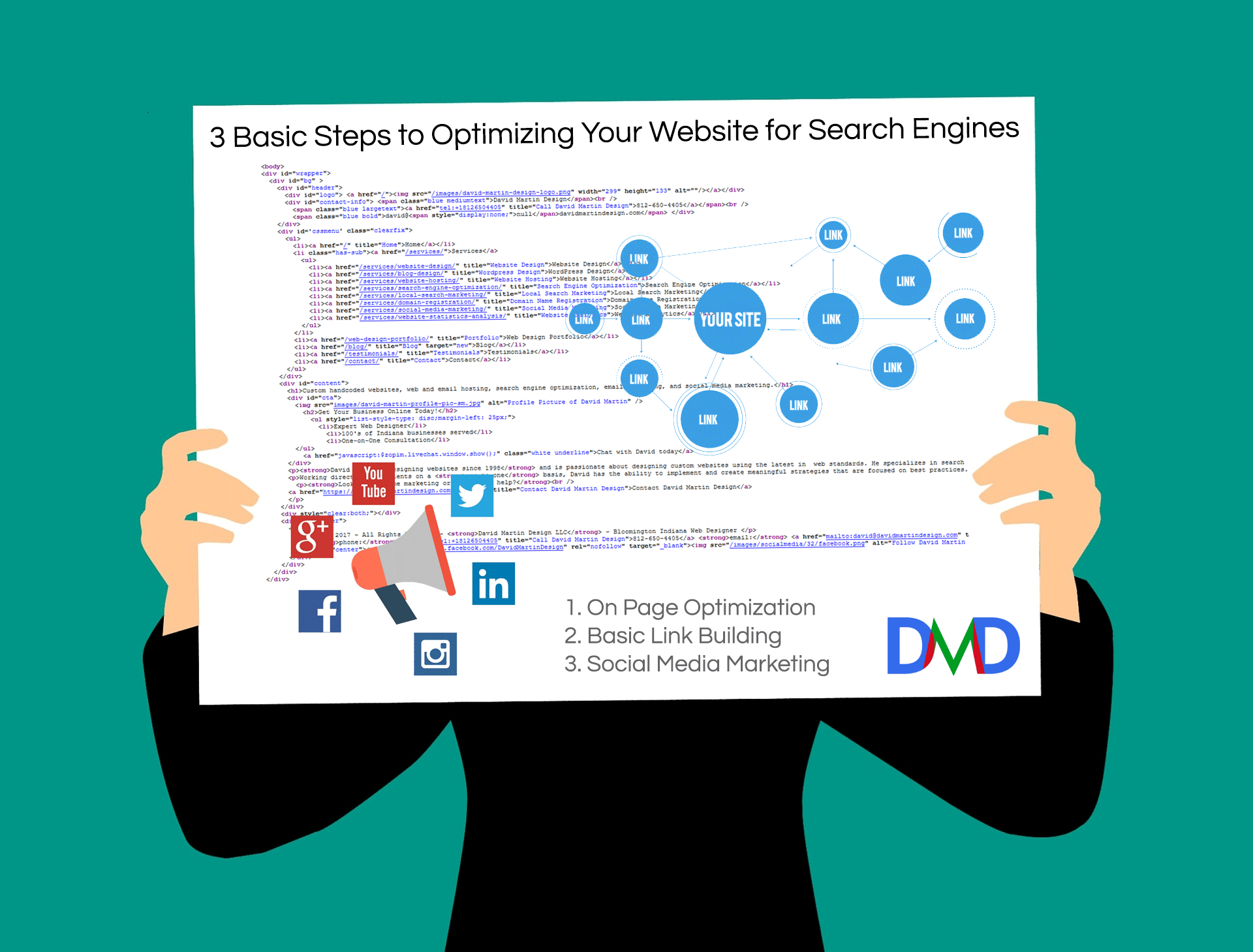Back in June 2024, I had the honor of presenting a digital marketing workshop for the Ivy Tech Entrepreneurship Program led by Steve Thrash. I spoke with a cohort of small business owners, creatives, and students working through the final course in their Entrepreneurship Certificate.
That Zoom call planted a seed.
One of the students, Shawn Haymaker, reached out afterward with an idea: to rework his private practice website and elevate the way he serves the Indianapolis community through art therapy and mental health counseling.
🔗 A Collaboration with Purpose

Over the next several months, Shawn and I worked together to transform his online presence. We:
- Reorganized blog content into SEO-rich categories like Art Therapy, Stress Management, and Mental Health Counseling
- Created and optimized content descriptions, structured metadata, and internal linking
- Connected Google Analytics and Search Console for better tracking
- Added thoughtful accessibility features and image alt tags
- Tuned up performance for fast load times and mobile responsiveness
Our goal wasn’t just a better website. It was a more authentic and useful resource for Shawn’s clients and community.
🎉 A Perfect 100 Website Score
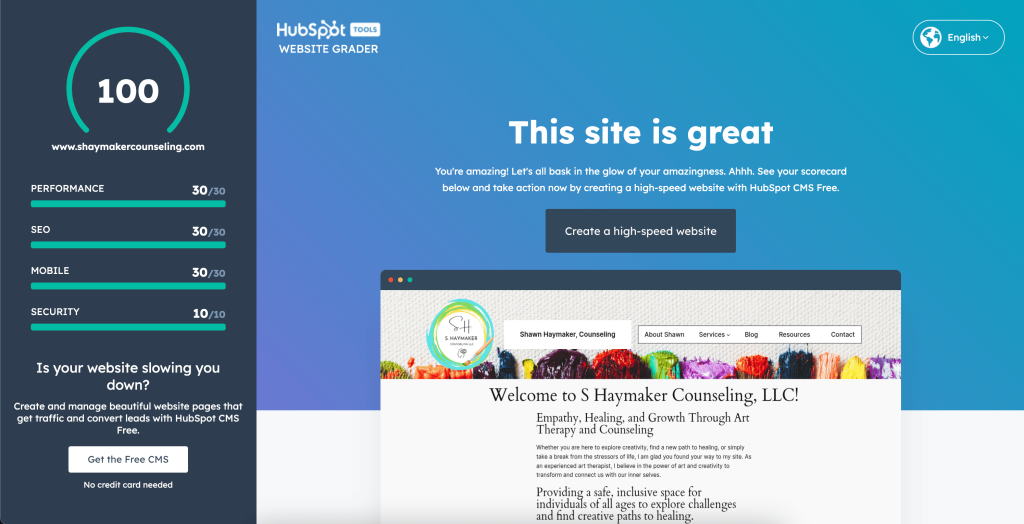
Last week, Michelle Maddox, a marketing consultant working with Shawn, ran the site through her regular web audit tools. What she found surprised even her:
“This is a first for me! I run all new customers’ websites through a few website grading systems to get a pulse on where we are at. I have never seen a perfect 100 when I do this.
Congrats to Dave, you’re doing a great job!”
Thanks, Michelle — that email made my day!
You can see the live score for yourself at: https://website.grader.com/tests/www.shaymakercounseling.com
🎓 From Entrepreneur Class to Client Success
Shawn’s story is one of the most rewarding kinds of collaboration I get to be part of. He didn’t just hire me to build a site. He brought intention, creativity, and a clear vision for how his digital presence could align with his mission as a therapist.
And it all started with a single workshop.
This is why I love teaching. And it’s why I stay rooted in projects that serve real people with real stories.
✏️ Explore More:
- Read more about my WordPress Design Services
- Book an Online Consultation to discuss your project
- Browse more Client Highlights
Let’s build something meaningful.

